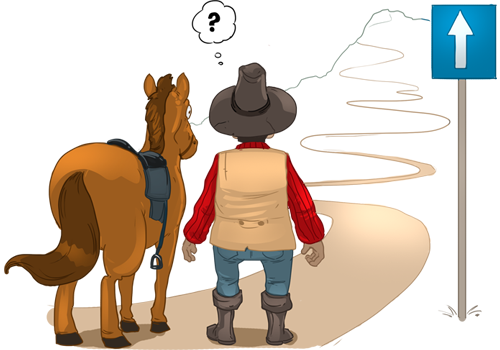Romani
Romani ćhib
Romani ćhib
3,000,000
Austria, Colombia, Czech Republic, Finland, Germany, Hungary, Kosovo, Albania, Macedonia, Norway, Romania, Sweden, Slovenia, EU
Many countries in Europe, West Asia and America
The Romani language (Romani čhib, Romane/s/, Romano/s/) is the sole European representative of the Indo-Aryan branch of the Indo-European languages. It is spoken over a vast area from Sinkiang in China and Iran to virtually all European and many overseas countries.
Although some European Romanies still lead a mobile way of life, most of the Roma and Sinti today are living sedentary lives. Around the 10th century Roma started moving from North-Western India and Pakistan (many traces of contact with languages of this area can be found in Romani) towards the west. On their way to Europe Romanies borrowed various Persian, some Armenian words and many Greek words, probably dwelling on the eastern frontiers of Byzantium. Later they moved further west, possibly due to the invasions of the Turks. When their presence was recorded in Serbia and Croatia in the 14th century their language was already heavily influenced by Greek, not only the lexicon but also the grammar. Later it underwent strong influences from Slavic languages, Romanian, Hungarian, German and in the South-East also Turkish.
All Romanies are bilingual or multilingual and the rate of language loss is huge. However, Romany is still very much alive, especially in eastern, south-eastern and central Europe. The number of speakers is difficult to determine, but it is probably spoken by some 3 to 4 million people spread out through almost all the countries of Europe, which makes it the most widespread language in Europe. Romany is also a written language with rather rich modern day literature, but without a generally accepted spelling or unified grammar and lexicon. There have been various attempts to create a form of standard language, which have had only a modest degree of success. In Slovakia, Macedonia, Bulgaria and Romania (and to the lesser extent and occasionally elsewhere) regional norms are developing, but the main obstacle for their further spread and acceptance is the low rate of literacy among Romanies. Unfortunately, the Romanies have other more vital problems than taking care of their beautiful and ancient language, the closest European relative of Sanskrit. The use of Romany on the Internet shows some trends of unification which will perhaps play a decisive role in the future development of a standard language. Romany has some degree of recognition as minority language in Kosovo, Macedonia, Romania, Croatia, Slovakia, Slovenia, Germany, Finland, Hungary, Norway, Sweden and Austria.
The largest concentration of the Roma are now found in Eastern Europe, in Slovakia, Hungary, Romania, Bulgaria, Macedonia and Serbia but also elsewhere in Europe, where they speak a number of dialects, which can be divided in two major groupings: Those heavily influenced by the Romanian (Vlach: Lovari, Kalderash, Gurbet) and the others, which encompass Sinti, Karpatian and two distinct groups of Balkan dialects.
Sinti dialects are spoken by Romanies in Northern and Western Europe, and Karpatian in the Czech Republic and Slovakia. Arli/Erli dialects are spoken in Macedonia, Bulgaria and Southern Serbia, Kosovo, Albania. Another group of various Balkan dialects (Ursari, Drindari, Bugurdzi etc.) differs significantly from Erli/Arli and they are obviously influenced by rather recent contacts with Greek phonetics and lexicon. There are also many isolated and archaic language varieties such as the Romano of the Burgenland or the Dolenski Romany dialect in Slovenia, probably related to the Hravati (Istriani) speech of Roma in the environs of Brescia in Italy.




